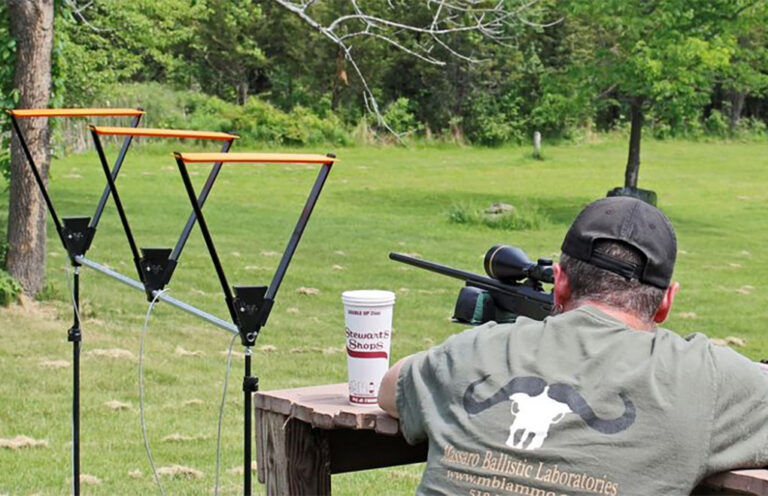
Looking to go long with your handloaded ammo? Here we discuss how to get the best results when reloading for long-range shooting.
The art of long-range shooting has changed over the past quarter century, to the point where hitting a 1,000-yard steel plate has become rather uneventful. Our barrels, actions, triggers, optics and mounting systems are better than they’ve ever been, and we’re seeing more consistent results than we ever have. We have ballistic calculators that can solve trajectory and wind drift problems precisely, and our projectiles have the best, and most honest, ballistic coefficient values ever seen.
Although my passion is reloading my own ammunition, I must admit the fact that today’s factory ammunition is the best I’ve ever seen … but there remains that “control factor” associated with handloading. The last ammunition crunch has only reinforced that fact, as I watched a lot of shooters scrambling to find a suitable substitute when their favored choice was unavailable.
That aside, reloading your ammo gives the most consistent and repeatable results, so let’s take a look at some long-range reloading tips for getting the best results possible.
Get a Good Chronograph
Half of the problems associated with inaccurate handloads, at least with those properly assembled, can be identified with a good chronograph. Not only do we need to know the actual muzzle velocity of our ammunition, but observing and recording the extreme spread of our ammunition is a very valuable bit of information. I’ve found the most accurate loads are also those that have the most consistent velocities.
It’s also good to know the variations in your chosen load in changing weather conditions, in order to minimize the correction needed at the temperature extremes. Some long-range shooters prefer to “true” their rifle—actually shooting at varying distances to observe the drop—rather than relying on observed muzzle velocity and the stated B.C. value. But even then, you’ll want a reliable chronograph for load development. I use an Oehler Model 35P, and I really like it.
Keep Your Primer Depth Consistent
An inconsistent primer seating depth can have an effect on your velocity—and ruin what may otherwise be an accurate load. Generally speaking, you’re looking to seat your primers a minimum of 0.002 inch below the level of the case head, and you shouldn’t exceed 0.006 inch below. You never—ever—want a primer to stick up above the level of the case head, and seating your primers too deep can assuredly have an effect on velocity.
I prefer to seat my primers by hand using the Lyman E-Zee Prime hand-priming tool, as I can feel the primer seat much easier than when using any of my presses. If you feel an excessive amount of resistance when seating primers, the primer pocket might need some attention. Tools like the Little Crow Gunworks Precision Prep Tool have large and small pocket reamers that’ll keep things uniform.
Pay Attention to the Neck
Long-range shooting is almost always associated with a projectile that’s been engineered to deliver the optimum ballistic coefficient, with jacket thicknesses held to very tight tolerances, and with their meplats either trimmed to uniformity or constructed with the best polymer or aluminum tip available. Trimming your brass is a necessary chore, but should you leave any sort of a rough surface at the case mouth, you can damage the bullet jacket and compromise your B.C., so a chamfer tool is going to be your friend.
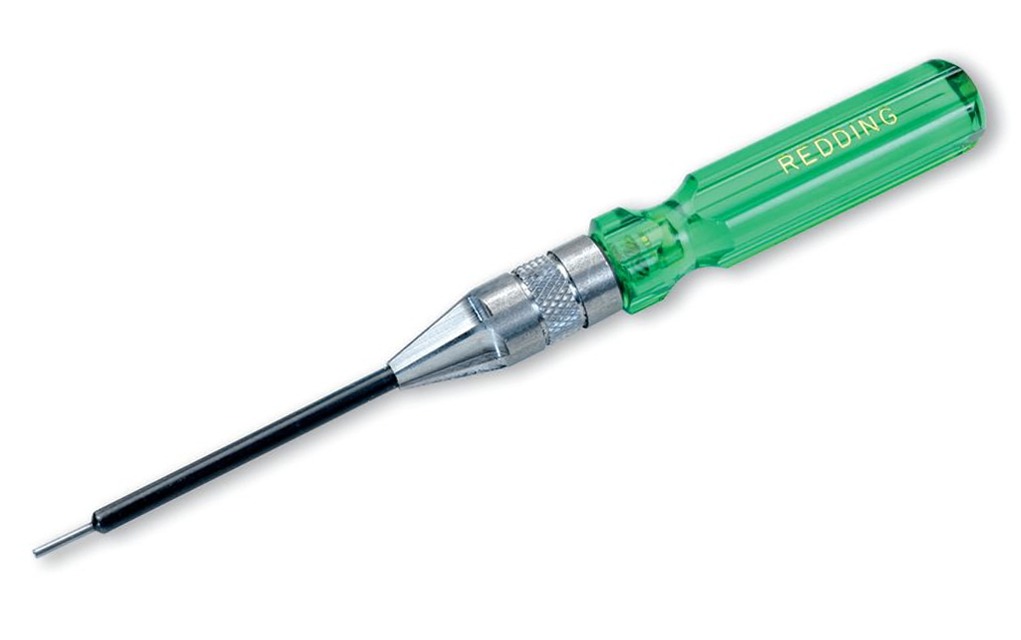
I like the Redding Piloted Deburring Tool, with the VLD cutter, for neatly and consistently putting a proper bevel on the inside of the case mouth. It maintains concentricity by centering the unit via a pilot that goes through the case’s flash hole, so if your flash hole is centered, you’ll get a nice, even chamfer on your case mouth. And speaking of flash holes, if you’re really serious about tuning up your cases, tune those flash holes as well.
Tension Headaches
Uniform neck tension is another factor that’ll not only increase accuracy and consistency, but it will potentially minimize damage to your bullet jackets during seating. I recommend a good set of bushing dies, which will only resize your case neck as much as is needed. But to check that things are being sized the way you want, Forster has come out with their Neck Tension Gauges, which consist of a rod with areas of varying thicknesses that’ll indicate the inside diameter of your cases. Available in .224 inch, 6mm, 6.5mm, 7mm and .308 inch, these handy little gauges are just one more step to the most uniform ammo possible.
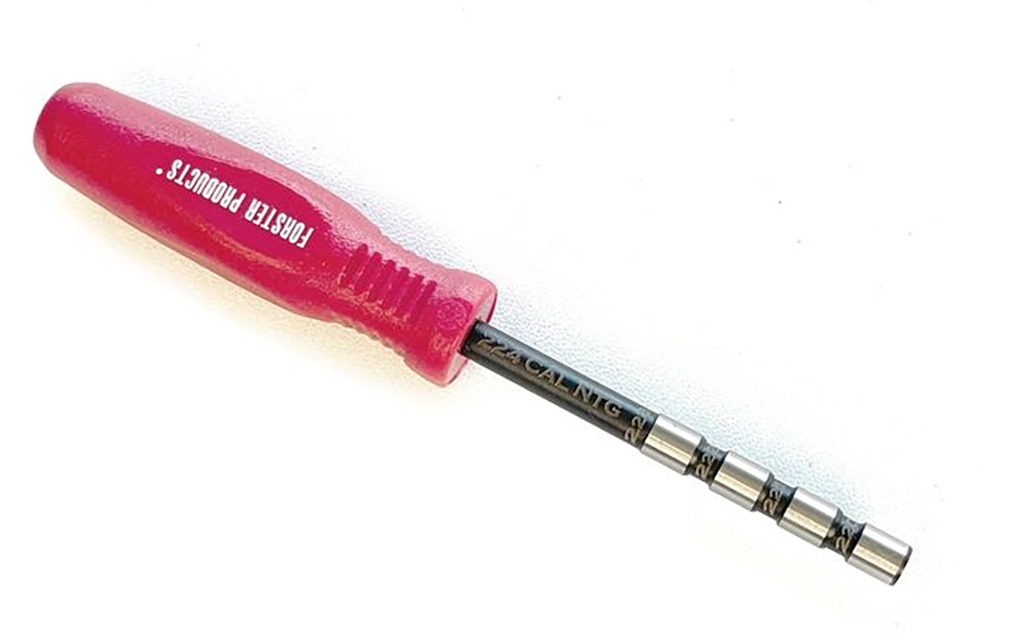

Runout and Play
If a bullet isn’t concentric to the centerline of the bore, there’ll be issues upon ignition as the bullet enters the throat. Those incredible forces will distort the bullet—at least to some degree—and definitely affect your accuracy. The ability to measure the cartridge’s runout, or that variance between perfectly concentric and some amount of runout, can help the long-range shooter weed out any ammunition that won’t fit the bill.
Redding’s Slant Bed Concentricity Gauge is a handy tool for measuring both factory ammunition and handloaded ammunition, as well as unloaded cases. An indicator gauge with a boldly marked dial quickly shows the amount of out-of-round and is observed at a 30-degree angle—sitting perfectly on your reloading bench. Stainless-steel bearings will last a lifetime and are easily adjustable for the case or cartridge length. The whole unit is ergonomically designed, with a downward slant away from the front, and it doesn’t take up much room on your bench.
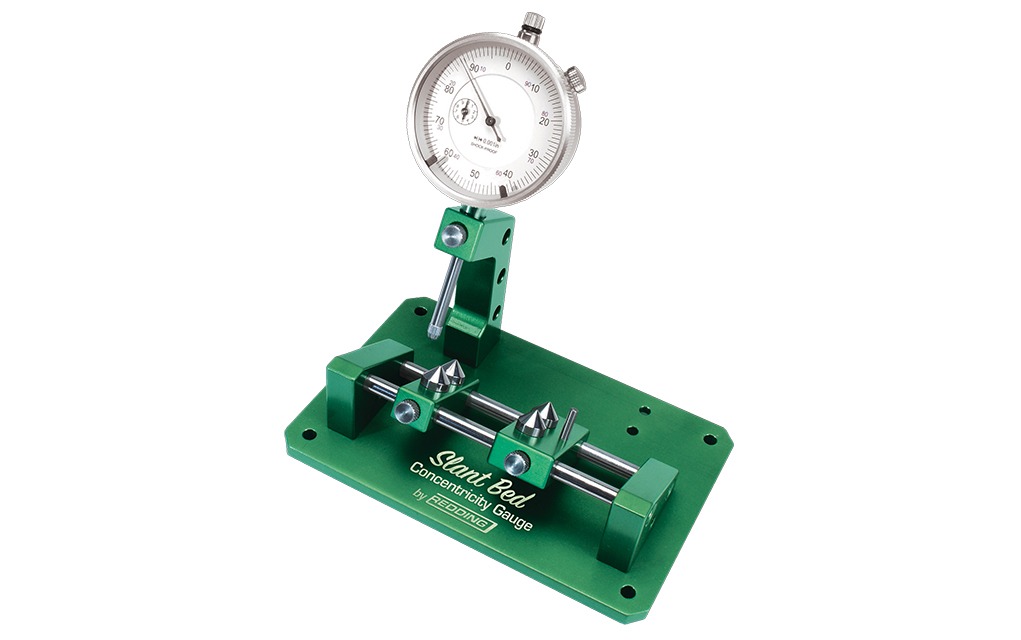

Long-range reloading definitely requires a bit more attention to the small details, as any variances are going to be magnified by the distance and the time of flight. Like any other reloading project, consistency is the key, but it becomes a bit more important when trying to really stretch out your rifle. The best components deserve the finest attention, and if you put the effort forth, you’ll see the results at the target.
Editor’s Note: This article originally appeared in the September 2022 issue of Gun Digest the Magazine.
More On Reloading:


Next Step: Get your FREE Printable Target Pack
Enhance your shooting precision with our 62 MOA Targets, perfect for rifles and handguns. Crafted in collaboration with Storm Tactical for accuracy and versatility.
Subscribe to the Gun Digest email newsletter and get your downloadable target pack sent straight to your inbox. Stay updated with the latest firearms info in the industry.
Read the full article here

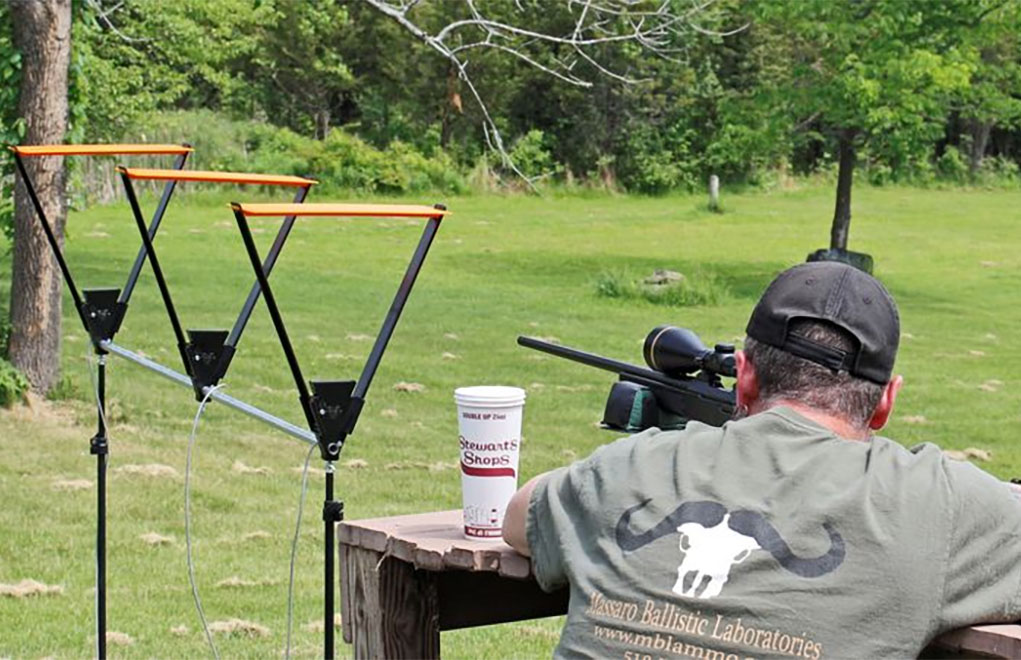










Leave a Reply